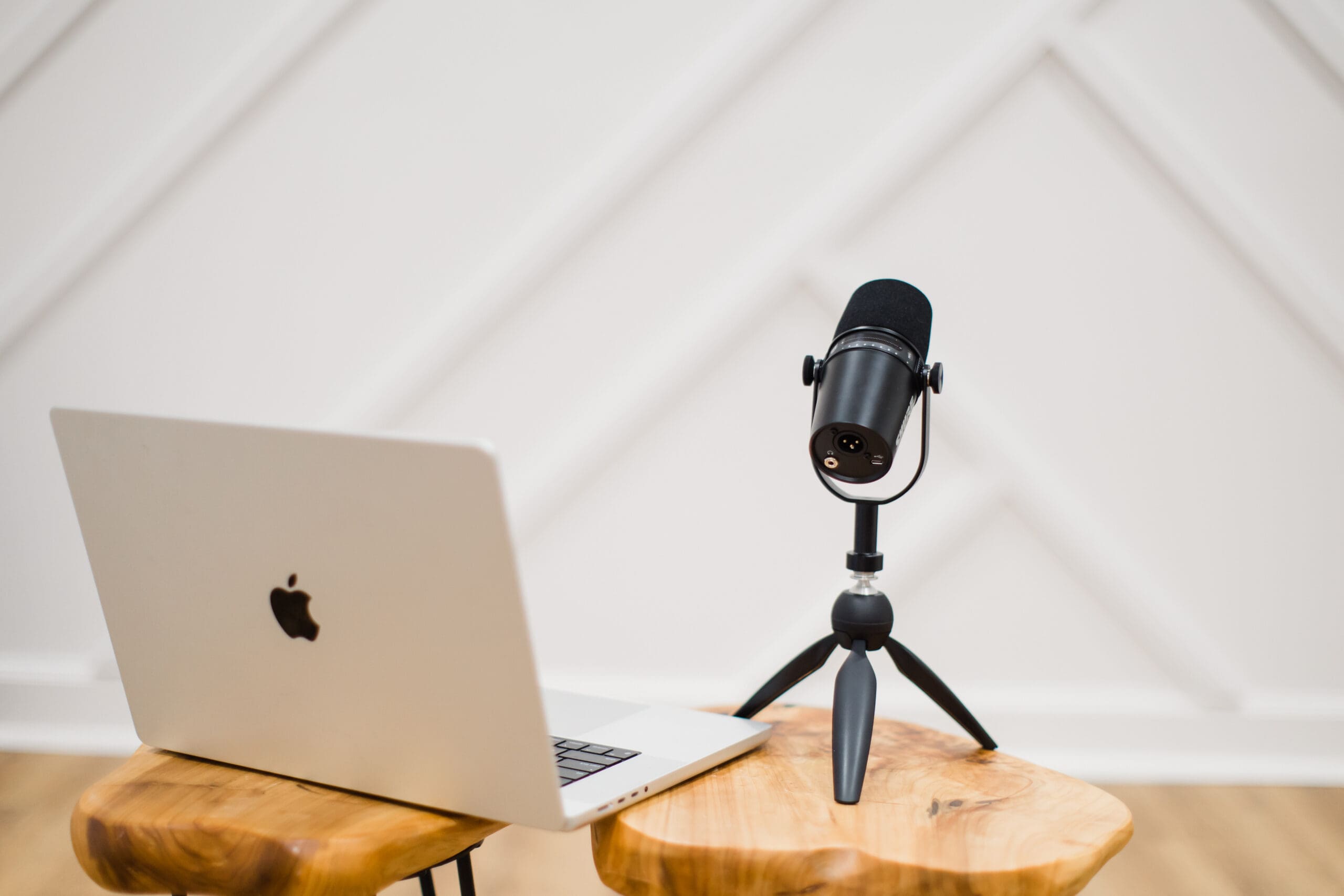Creating a Regulation Game Plan
Episode 25: Spotify | Apple Podcasts | YouTube
View transcript on Buzzsprout
If you’ve ever felt stuck trying to figure out which nervous system tools to use—and when—you’re not alone. In this episode, Amanda walks you through a powerful, practical framework called the Regulation Game Plan, which helps you create a personalized map to move from dysregulation to regulation.
What We Cover in This Episode
- What a Regulation Game Plan is and why it’s essential
- How to map nervous system symptoms by intensity
- The concept of tool layering and why one tool isn’t enough
- Why different states (anxiety vs. shutdown) need different tools
- How to use your past experiences to build your own game plan
What Is a Regulation Game Plan?
A Regulation Game Plan is a personalized framework to help you move from dysregulation to regulation. It’s a visual, repeatable process for understanding your nervous system states—and identifying the right tools to meet those states. Think of it like a sports playbook: when stress hits, you know exactly what to do, and when.
Most people need two game plans: one for when you’re activated (anxious) and another for when you’re shut down (disconnected or depressed). And within each plan, you’ll identify symptoms and tools for different intensity levels: mild, moderate, and severe (labeled 1, 2, and 3).
This approach isn’t just about knowing you’re dysregulated—it’s about understanding how it feels in your body, and how to move through it in small, doable steps.
Tool Layering: A Realistic Approach to Regulation
No single tool is going to take you from a 3 (panic or shutdown) to a 1 (calm and connected). Regulation happens in layers. First, you meet your nervous system where it is. Then, you layer tools that help you slowly climb the nervous system ladder.
Amanda shares a personal example of this: after a meltdown at the post office, she layered tools in real-time—walking away from the situation, intentional breathwork with clenched fists, gentle transitions into slower breathing, and eventually vagus nerve activation. None of these tools alone “fixed” the moment—but together, they brought her back into regulation.
Tailoring Tools to Your Nervous System State
Regulating anxiety (activation) requires different tools than regulating depression (shutdown). For activation, you’ll often need movement and validation before you can slow down. For shutdown, you’ll need gentle mobilization and connection before you can fully engage.
This is why your game plan must be customized—not all tools work in all states. Something that helps you when you’re slightly overwhelmed might be totally ineffective when you’re in a panic.
Use a 3-column worksheet to document:
- Intensity level (1, 2, or 3)
- Thoughts, sensations, emotions, behaviors for that level
- Tools that help at that level
This way, you’re not guessing what to do—you’re building your own roadmap.
Reactive vs. Proactive Tools
This game plan focuses on reactive tools—the things you reach for in the moment when you’re already dysregulated. (Proactive tools like daily meditation, nutrition, and sleep are important too, but they serve a different purpose.)
Reactive tools are what poke holes in your stress bucket when it’s about to overflow.
You Don’t Have to DIY It
Creating a regulation game plan can feel overwhelming—especially if you’re trying to do it while dysregulated. That’s why Amanda offers guided support inside the Regulated Living Membership and her 1:1 coaching program, Restore. These spaces help you explore your nervous system, discover what works, and build your game plan with expert support.
Even if you’re working with a therapist or another practitioner, this episode is a great one to bring into session. Use it as a launchpad for your own custom regulation strategy.
Three Tangible Takeaways
- Create a Personalized Game Plan: Use the downloadable worksheet to map out your signs of dysregulation (activation and shutdown) and the tools that work for each intensity level.
- Layer Your Tools: No one tool will regulate your system. Stack them based on what your body can handle in the moment, and move step-by-step.
- Seek Support if Needed: Building this plan alone can be hard. Use the podcast, the worksheet, a therapist, or join a program like Regulated Living Membership or Restore to get personalized guidance.
Looking for more personalized support?
- Book a FREE discovery call for RESTORE, our 1:1 anxiety & depression coaching program (HSA/FSA eligible & includes comprehensive bloodwork)
- Join me inside the Regulated Living Membership, a mental health membership and nervous system healing space (sliding scale pricing available)
- Join my Release Class – Monthly guided nervous system regulation class
- Order my book, Healing Through the Vagus Nerve today!
- Download free resources here
*Want me to talk about something specific on the podcast? Let me know HERE.
Disclaimer: This article is for informational purposes only and is not a substitute for professional medical advice, diagnosis, or treatment. Always seek the advice of your physician or qualified mental health provider with any questions you may have regarding a medical condition.

Leave a Reply Cancel reply
A mental health newsletter that feels like a deep breath: simple, grounding, and here to remind you that healing is possible.
The Weekly Rewire
Navigate
Regulated Living provides neuroscience-backed mental health coaching to help you regulate your nervous system and reclaim your life from anxiety and depression.
Heal
Learn
Paragraph